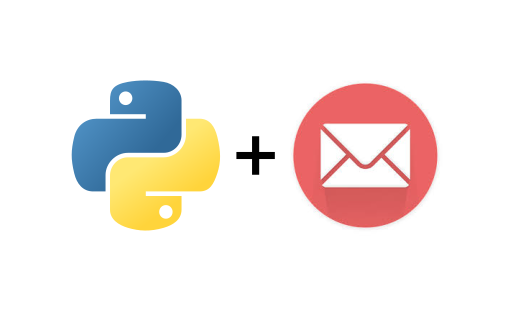The most common way to send email with python is by using the SMTP method. Other popular options include using a File backend or a Transactional email service. These methods are similar, but they all work differently. Here, we will cover the SMTP method and the MxLookup method. You will also learn about Transactional email services. Ultimately, the choice will depend on your needs and what you’re trying to achieve.
SMTP method
When developing Python applications, it is important to understand the SMTP protocol. It is an Internet protocol that allows you to send email messages to another computer. SMTP uses a host address and a port number to connect with your email service provider. You can use the smtplib module to manage this protocol. The package includes a number of ways to secure SMTP communications.
An exception is thrown when an SMTP request fails to connect. If it succeeds, the mail will be sent. Otherwise, it will be rejected. The reason this can happen is because the server does not support certain characters. If you need to send non-ASCII characters, you should use a different SMTP method. For this, you should set the SMTPUTF8 attribute to True. Once you’ve done this, you can use smtplib to connect to an SMTP server.
Transactional email service
A good transactional email service should have good support, friendly documentation, and an updated knowledge base. It should also have robust security measures to ensure the message is not exposed to unauthorized access. Depending on the type of business you have, you may need to track different metrics, including open rates, bounce rates, and spam complaints. For example, a business may need to send email notifications to employees, but may not need to keep track of every email sent to a customer.
A transactional email is an email that facilitates a transaction between the sender and receiver. Typically, these emails are sent programmatically with the use of an API or SMTP server.
File backend
If you want to send email using Python, you can use the file backend. This way, you can attach files from the file system to the email, and it will not get flagged as spam. In addition, you can use a file to fetch the email IDs of recipients. You can even use this technique to send simple emails without a subject or attachment.
To use the file backend, you must set EMAIL_HOST and EMAIL_PORT in Python. If you want to use SMTP, you have to change them to match your email provider. This method is known as SMTP debugging. You can use it to test your code, but it will not allow you to send HTML email templates.
MxLookup method
When using the MxLookup method for sending email with PyPython, you should make sure you include the email subject and body in the body of the message. This will allow you to add attachments and responsive content. The body should be enclosed in double quotes to allow for spaces. You should also include the FROM and TO headers.
The MxLookup method uses the MX record that is present in the domain name. It will return the hostname of the MX server that is associated with the domain. The IP address can also be added to the blacklist.
SMTP_SSL() method
The SMTP_SSL() method is one of the best ways to send encrypted email from your Python program. Using this method, you can ensure that all recipients receive your message. By default, this method uses the default backend and sends the message using the specified connection. You can also use the fail_silently keyword argument to suppress any exceptions that might occur during the sending process. By default, the method will not raise an exception if you send an empty list of recipients.
To send email using Python, you can use the smtpObj object to connect to an SMTP server on your computer. To send an email, you must provide the from address and the destination address. When sending an email, you should remember that the HTML tag will not be formatted according to HTML syntax. If you want to send an HTML message, you can use the msg.set_content() method to set the message’s content.
Mime version
You can write an email application with Python using the MIME package. The package provides convenient subclasses for MIME messages. The MIMEBase class is a base class for MIME-specific subclasses of Message. You will need to know about the MIME message structure and the rules governing MIME messages. For example, you must know the names of the MIME “content types”. These are the types of data you can send through email.
The Mime version, content type, and character set can be specified in an e-mail message. You can send mixed-content e-mails by setting the Content-type header to multipart/mixed. Messages with attachments can be specified within boundaries (starting with two hyphens and ending with a unique number). Before sending, you should use base64 encoding to encode the files.
Character set
If you’re using Python to send emails, you’ll need to convert characters into a proper character set first. Some email clients won’t recognize the underlying character set, which can frustrate customers or target audiences. Some of these characters may be a question mark, a hash, or another character that’s difficult to read. To solve this, you’ll need to use a codec.
To do this, you can use the CharacterSetInfo class. It provides information about the character set required for email messages and includes convenience methods for converting between character sets. The class will try to provide RFC-compliant character set information. For example, certain character sets must be encoded using base64 or quoted-printable.

